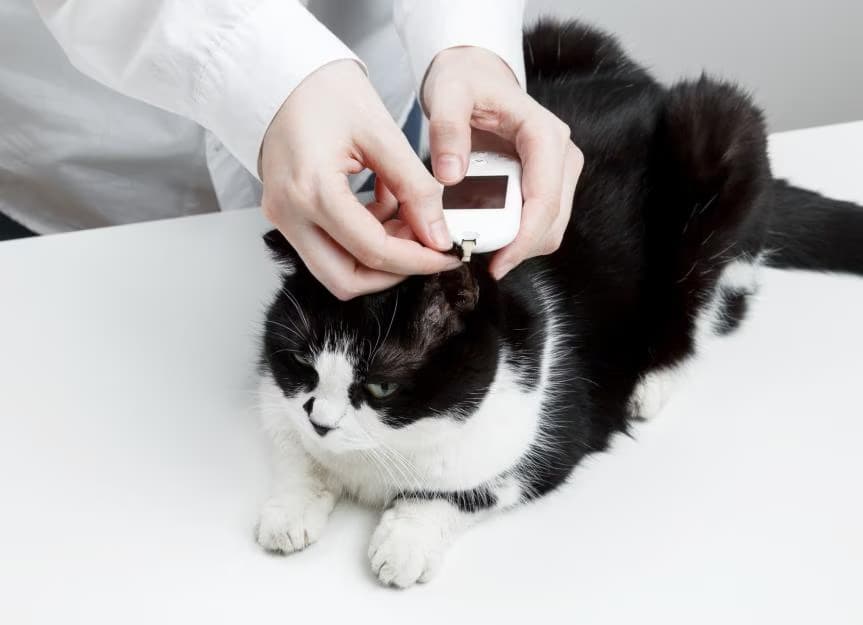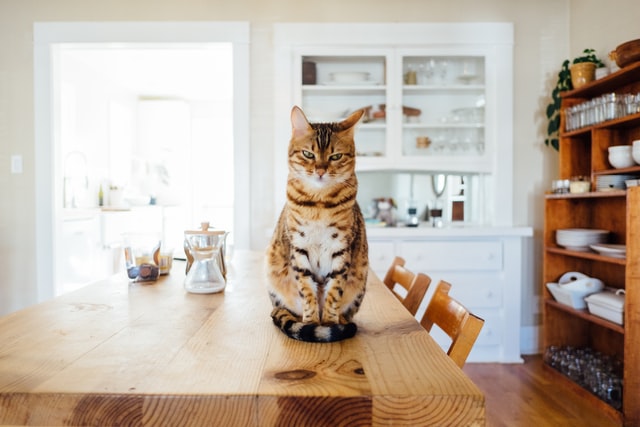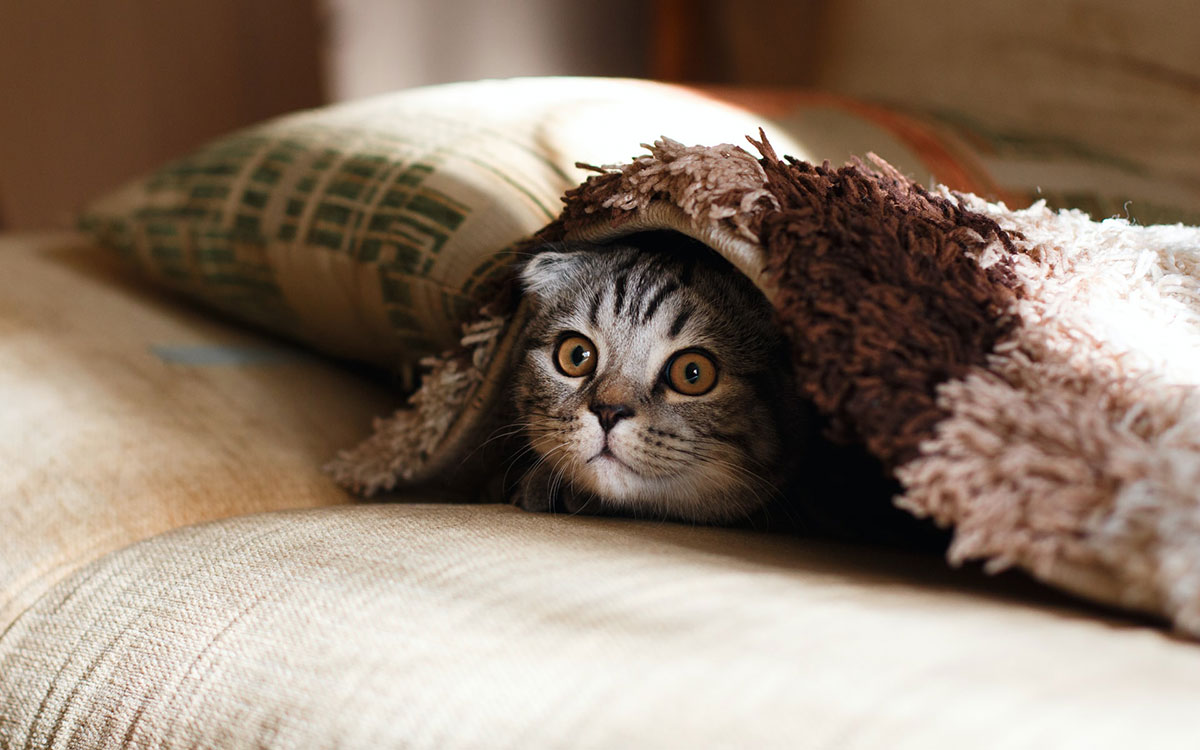Cats can develop insulin resistance, just like humans. This condition affects their ability to use glucose for energy.
Insulin resistance in cats is a growing concern for pet owners. Understanding this condition is crucial to ensure the health of your feline friend. When a cat’s body struggles to use insulin effectively, it can lead to various health issues, including diabetes.
Recognising early signs and symptoms is vital. Changes in weight, appetite, and energy levels are common indicators of these conditions. Understanding insulin resistance is crucial for managing your cat’s diet and lifestyle. Early detection can prevent serious complications. Regular vet check-ups are essential. By learning about this condition, you can better support your cat’s well-being. Stay informed and proactive to keep your cat healthy and happy.
Introduction To Insulin Resistance
Insulin resistance occurs when the body’s cells fail to effectively utilise insulin. This causes blood sugar levels to rise. In cats, insulin resistance can be a big issue. It can lead to diabetes if not managed well. Cats with extra weight are at higher risk. Older cats may also be more prone to this problem.
Insulin resistance makes it difficult for the body to regulate blood sugar levels. This can make a cat feel tired and weak. They might drink more water than usual. Their fur may not look shiny or healthy. Catching insulin resistance early can help keep a cat healthy. A vet can help find the best treatment. It’s essential to watch for signs and act quickly.
Causes Of Insulin Resistance
Some cats have genes that increase their likelihood of developing insulin resistance. These genes can be passed down from their parents. Cats with a family history of diabetes may be at greater risk. Genetic makeup affects how the body uses insulin. Not all cats with these genes will develop the problem. But they have a higher chance.
Obesity is a significant contributor to insulin resistance in cats. Overweight cats have more fat cells. Fat cells can reduce the effectiveness of insulin. Feeding cats too much food can lead to weight gain. Foods high in sugar and fat are detrimental to their health. A proper diet helps maintain a normal weight. Regular exercise also helps control weight. Monitor your cat’s eating habits closely. Choose healthy food options for them.
Symptoms In Cats
Insulin resistance in cats often leads to increased thirst and frequent urination. Weight gain and lethargy may also be observed. These symptoms require veterinary attention to manage your cat’s health effectively.
Behavioural Changes
Cats with insulin resistance may show unusual behaviour. They might become less active and sleep more. Some cats may appear hungrier than usual. They might beg for food often. Cats could also seem more irritable. Changes in how they use the litter box may occur. Watch for any strange habits or routines.
Physical Signs To Watch For
Insulin resistance can lead to noticeable changes in cats. They might lose weight or gain weight quickly. Fur may become dull or thin. Look for signs of increased thirst. Cats may drink more water than usual. Frequent urination is another sign. Their gums might appear pale. Monitor any skin infections closely. Cats may exhibit slow wound healing.
Diagnosis Process
Veterinarians use special tests to check insulin resistance in cats. They measure glucose levels in the blood. High glucose levels can lead to problems with insulin. Blood tests are standard. They help find out how well insulin works. Vets may also test for other conditions. These tests rule out other health issues. Urine tests also check sugar levels. Sugar in urine may indicate that insulin is not working correctly. Regular check-ups help catch problems early.
Some cats have a higher risk of insulin resistance. Obesity is a significant factor. Cats that are overweight can develop insulin problems. Age matters, too. Older cats have a higher chance. Certain breeds might be more at risk. Diet plays a role. High-carb diets can lead to issues. An inactive lifestyle exacerbates the risk. Monitoring your cat’s health helps. Could you keep track of their weight and activity? Early detection is key.
Dietary Management
Cats with insulin resistance need special care. A balanced diet is key. High-protein and low-carbohydrate foods help. These foods keep blood sugar stable. Avoid foods with high sugar content.
Feed your cat small meals throughout the day to maintain a healthy weight. This helps maintain energy levels. Use a measuring cup for portions. This avoids overfeeding. Cats benefit from a consistent feeding schedule. It keeps them happy and healthy.

Credit: www.petcare.com.au
Exercise And Lifestyle
Cats need exercise for good health. Physical activity helps them manage weight. It also keeps their muscles strong. Active cats are generally happier. Exercise can help prevent insulin resistance. A cat that moves often has a better life. Playtime is a fun way to get them moving. Toys like balls or feathers can excite them. Even short play sessions help.
An active environment keeps cats moving. Provide spaces to climb and jump. Cat trees and shelves are great options. Offer toys that encourage play. Rotate toys to keep them interesting. Challenge them with puzzle feeders. These make them work for food. A window perch can be entertaining. Cats love to watch birds outside. Keep the environment stimulating.
Medical Treatments
Cats with insulin resistance need special care. Medications can help. Insulin injections are common. They help control blood sugar. Oral medications may also be used. These can help manage diabetes. Always follow the vet’s instructions. Dosage is important. Keep a routine. It allows the cat to feel better.
Regular monitoring is essential. Check insulin levels often. Blood tests can show sugar levels. Home monitoring is possible, too. Use a glucose meter for this. It helps track daily changes. Keep a record of results. Share these with the vet. It helps adjust treatment. This can improve the cat’s health. Always stay informed and careful.

Preventive Strategies
Feeding your cat a balanced diet is essential. Avoid foods high in sugar. Cats need protein and healthy fats. Choose good-quality cat food. Exercise is also necessary. Cats love to play. Use toys to keep them active. Regular play helps them stay fit.
Visits to the vet are essential. Vet checks help catch problems early. Regular exams can spot insulin resistance. Vaccinations keep your cat safe from diseases. Ask the vet about your cat’s weight. Keeping a close eye on your weight is essential. Weight gain can be a sign of issues. Make sure your cat is healthy.
Living With Insulin Resistance
Cats with insulin resistance need special care. Owners should feed them low-carb food. This helps control blood sugar levels. Regular vet visits are crucial. They help monitor the cat’s health. Exercise is important too. It helps manage weight and improves mood. Owners must be patient and observant. Notice changes in behaviour or appetite.
Long-term Care Strategies
Keeping a routine is key. Feed the cat at the same time daily. This helps maintain stable blood sugar levels. Use a timer for meals. Keep water bowls clean and filled. Monitor the cat’s weight regularly. A stable weight indicates good health. Adjust food portions if needed. Consult the vet for advice.
Support For Cat Owners
Join support groups for cat owners. Share tips and experiences. These groups offer emotional support. Learn from others facing the same challenges. Read books on pet care. Gain knowledge on insulin resistance. Talk to the vet about concerns. Ask questions and seek advice. Vets provide reliable information.

Frequently Asked Questions
What Happens When A Cat Is Insulin Resistant?
Insulin resistance in cats results in elevated blood sugar levels. Symptoms include increased thirst, urination, and appetite. Weight loss and lethargy may occur. Proper diagnosis and treatment are crucial for managing the condition and preventing complications. Consult a veterinarian for guidance on managing insulin resistance in your cat.
What Are The Symptoms Of High Insulin Resistance?
High insulin resistance symptoms include fatigue, cravings for sugar, frequent urination, and increased hunger. Weight gain, especially around the abdomen, can occur. Dark patches on the skin, especially on the neck and armpits, might appear. Mood swings and difficulty concentrating are common.
High blood pressure and elevated blood sugar levels may also be present.
What Are The Symptoms Of End-Stage Diabetes In Cats?
End-stage diabetes in cats may cause lethargy, weight loss, vomiting, dehydration, and difficulty breathing. Cats might also experience decreased appetite, weakness, and increased urination. Seek immediate veterinary care if these symptoms appear, as they indicate serious health risks and require urgent attention.
What Are The Symptoms Of Too Much Insulin In Cats?
Cats with too much insulin may show weakness, tremors, disorientation, and seizures. They might also experience increased hunger. Immediate veterinary attention is crucial to avoid serious complications and ensure proper treatment.
Conclusion
Caring for a cat with insulin resistance requires patience and a strong commitment to its care. Regular vet visits are crucial. They monitor your cat’s health. A balanced diet helps manage symptoms. It can prevent complications, too. Exercise plays a vital role in treatment. Keep your cat active and engaged.
Watch for signs of improvement. Stay vigilant for any changes. A supportive environment aids recovery. Cats need love and attention. They rely on their humans for care and attention. Your efforts make a difference. Your cat’s well-being depends on you. Understanding insulin resistance is essential.
It enables you to provide better care.






